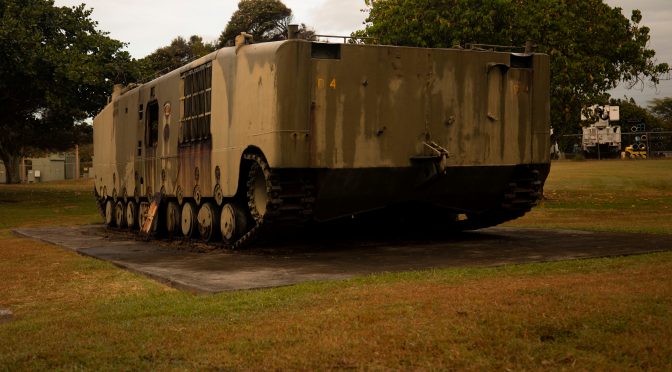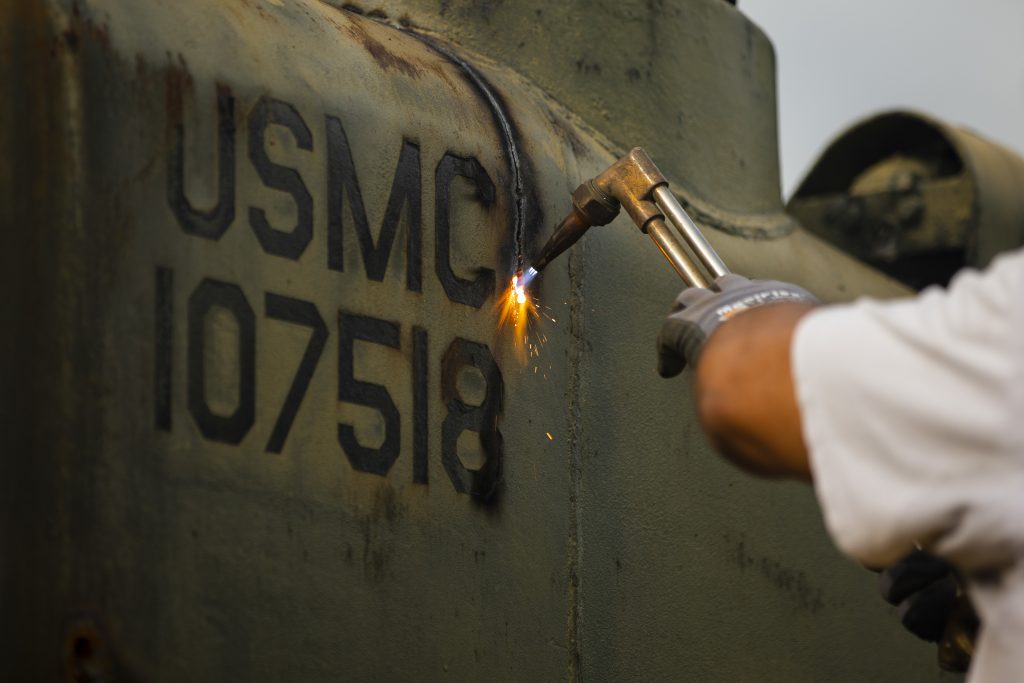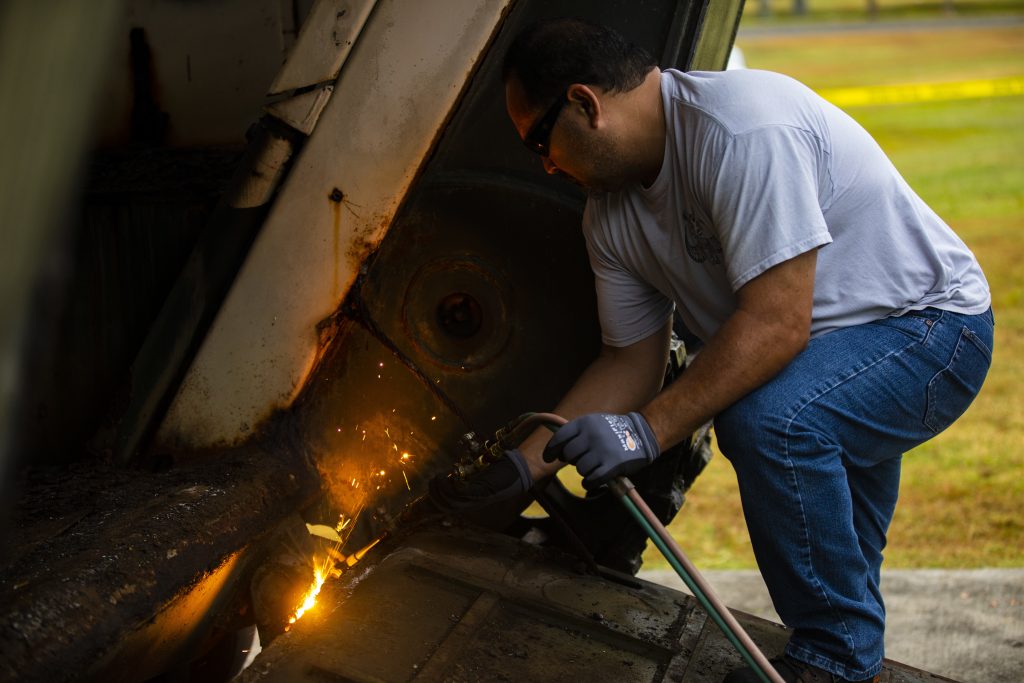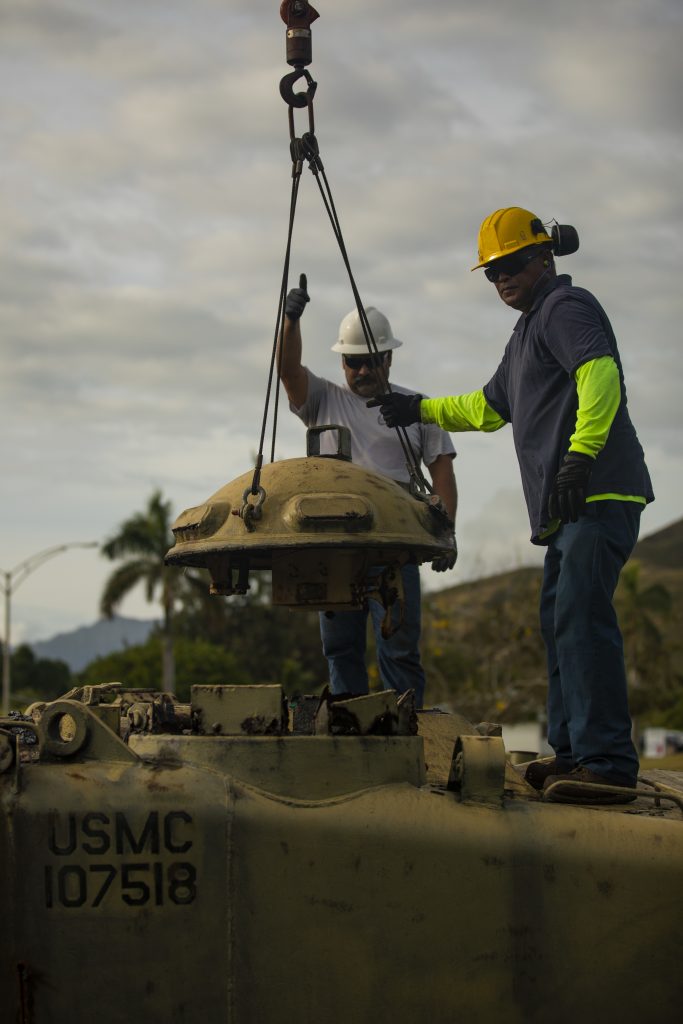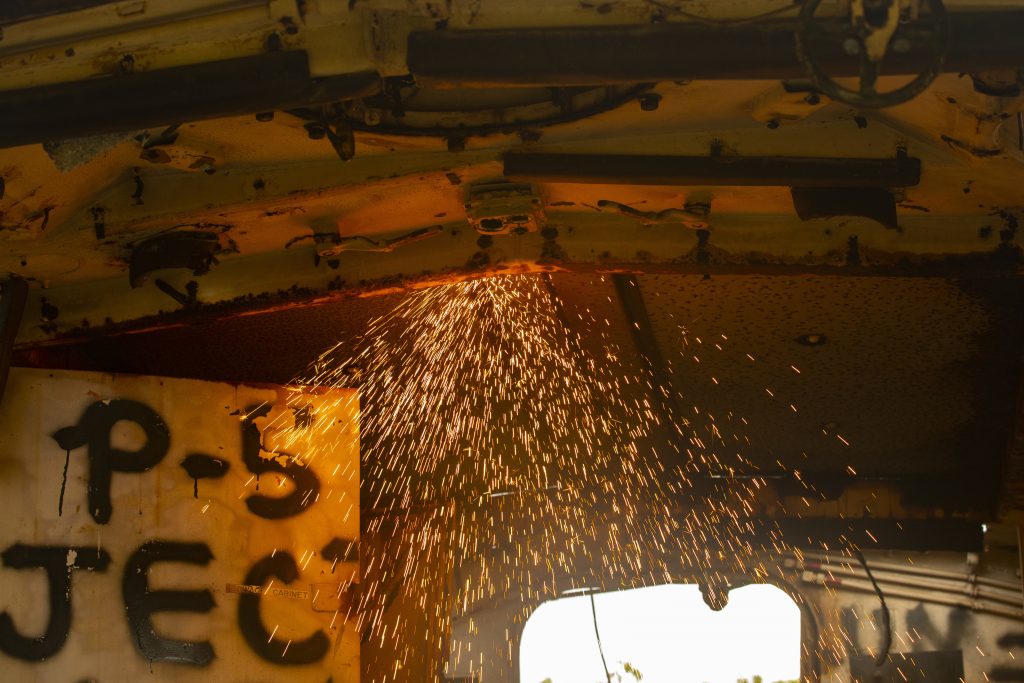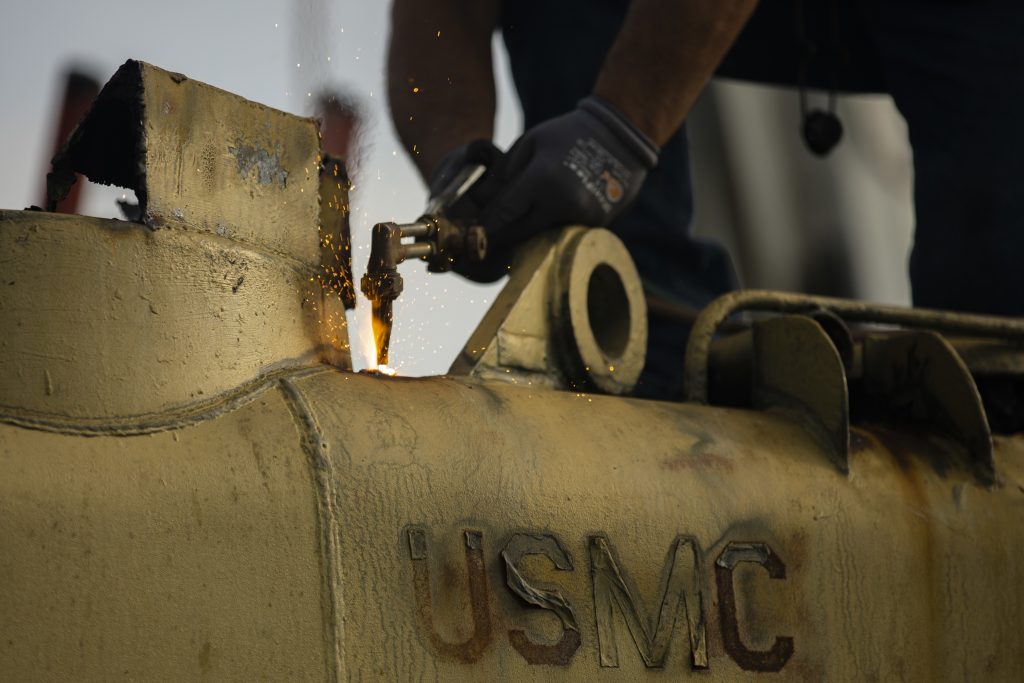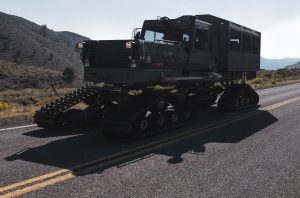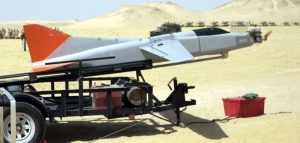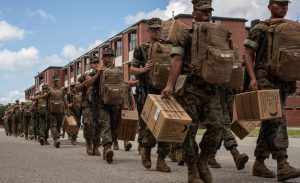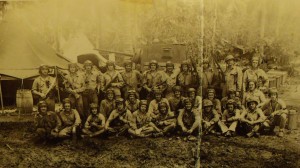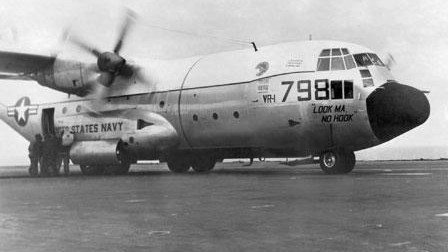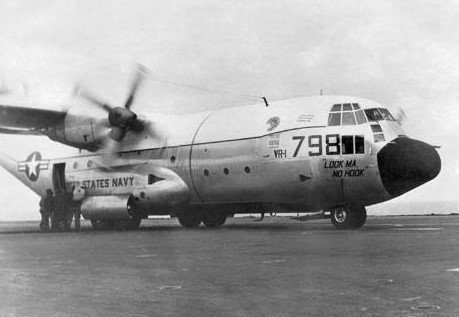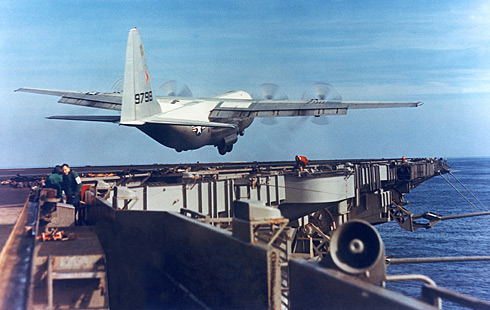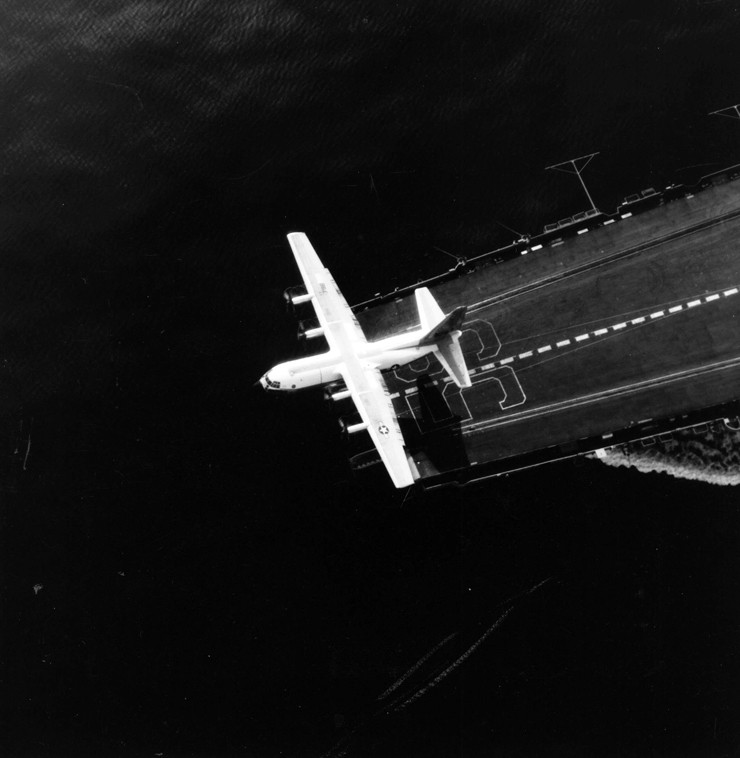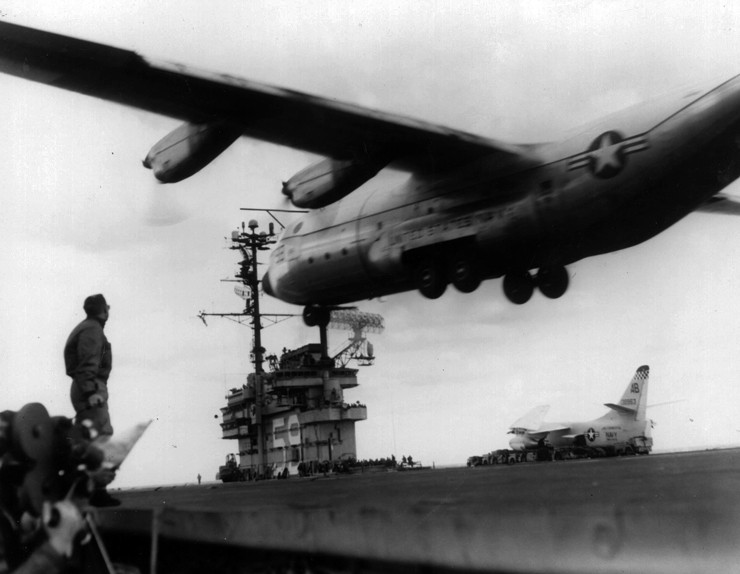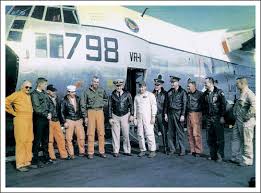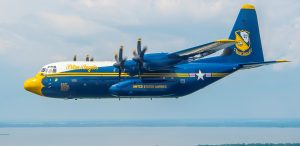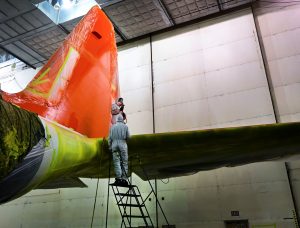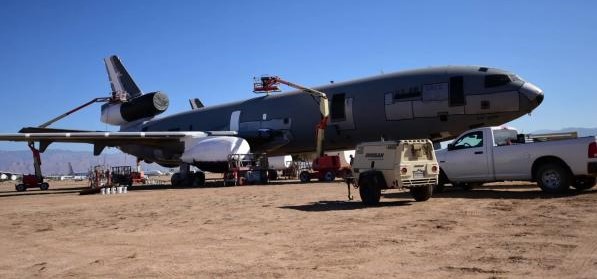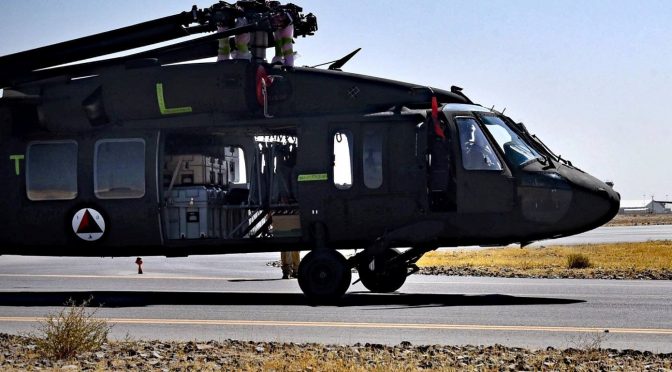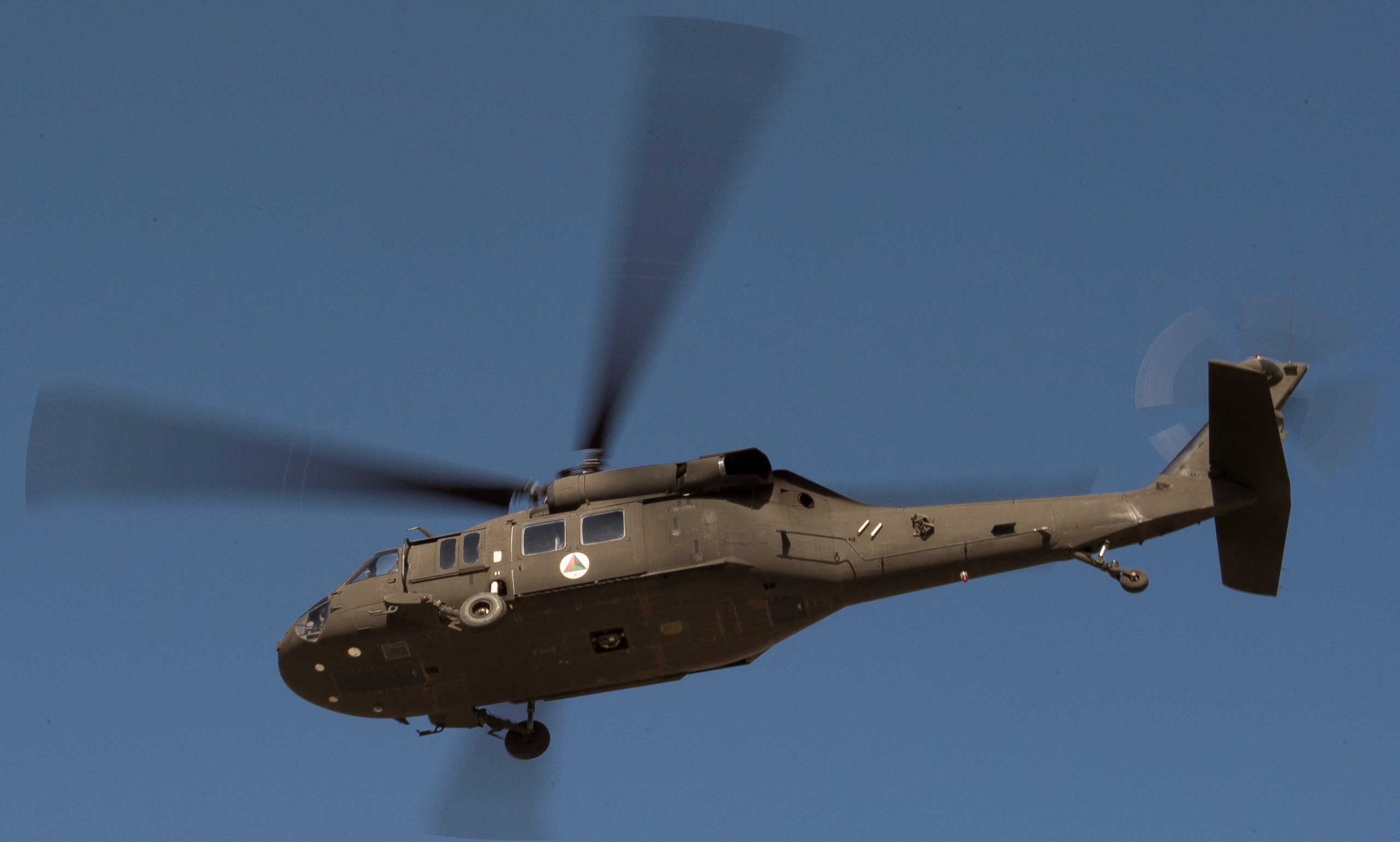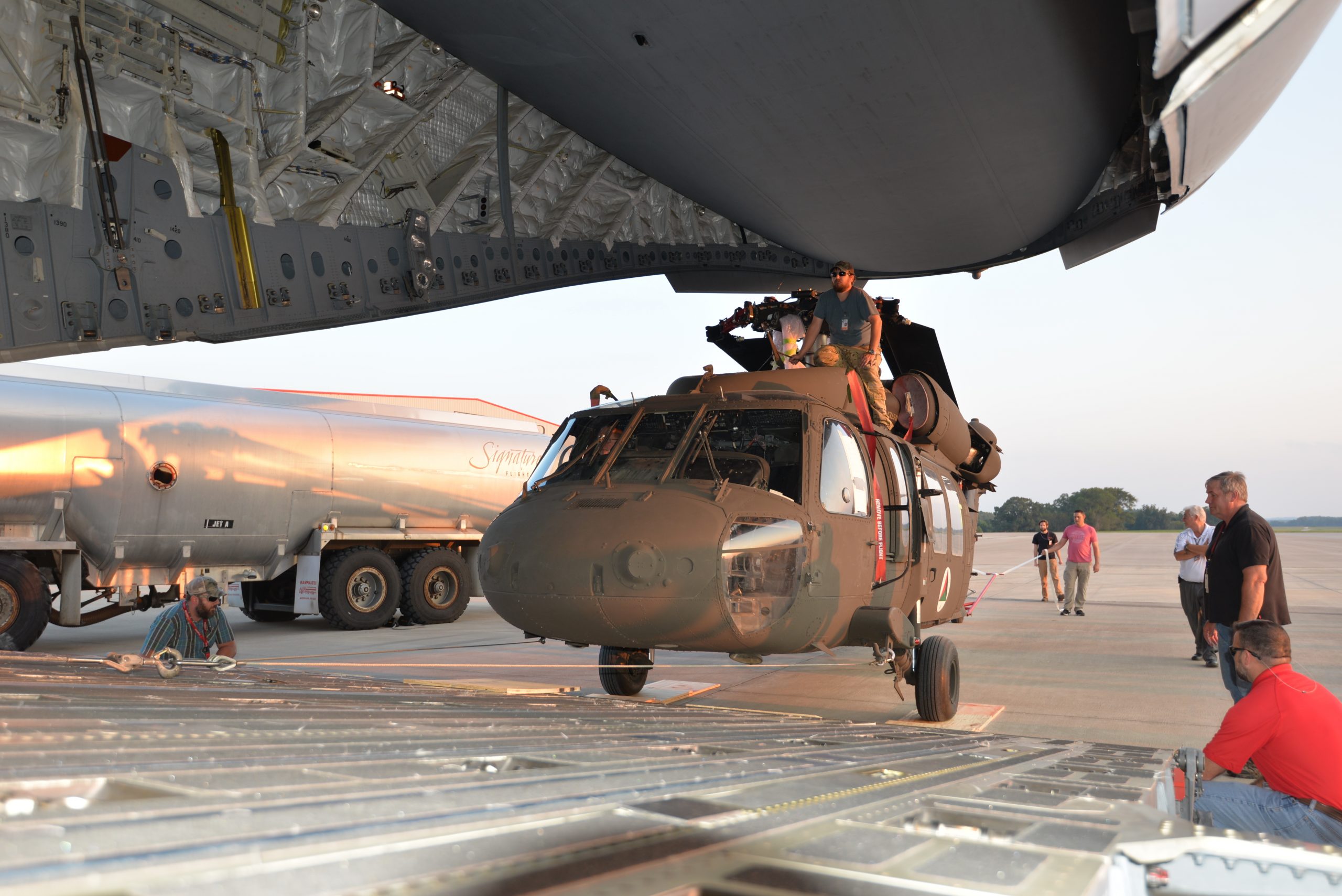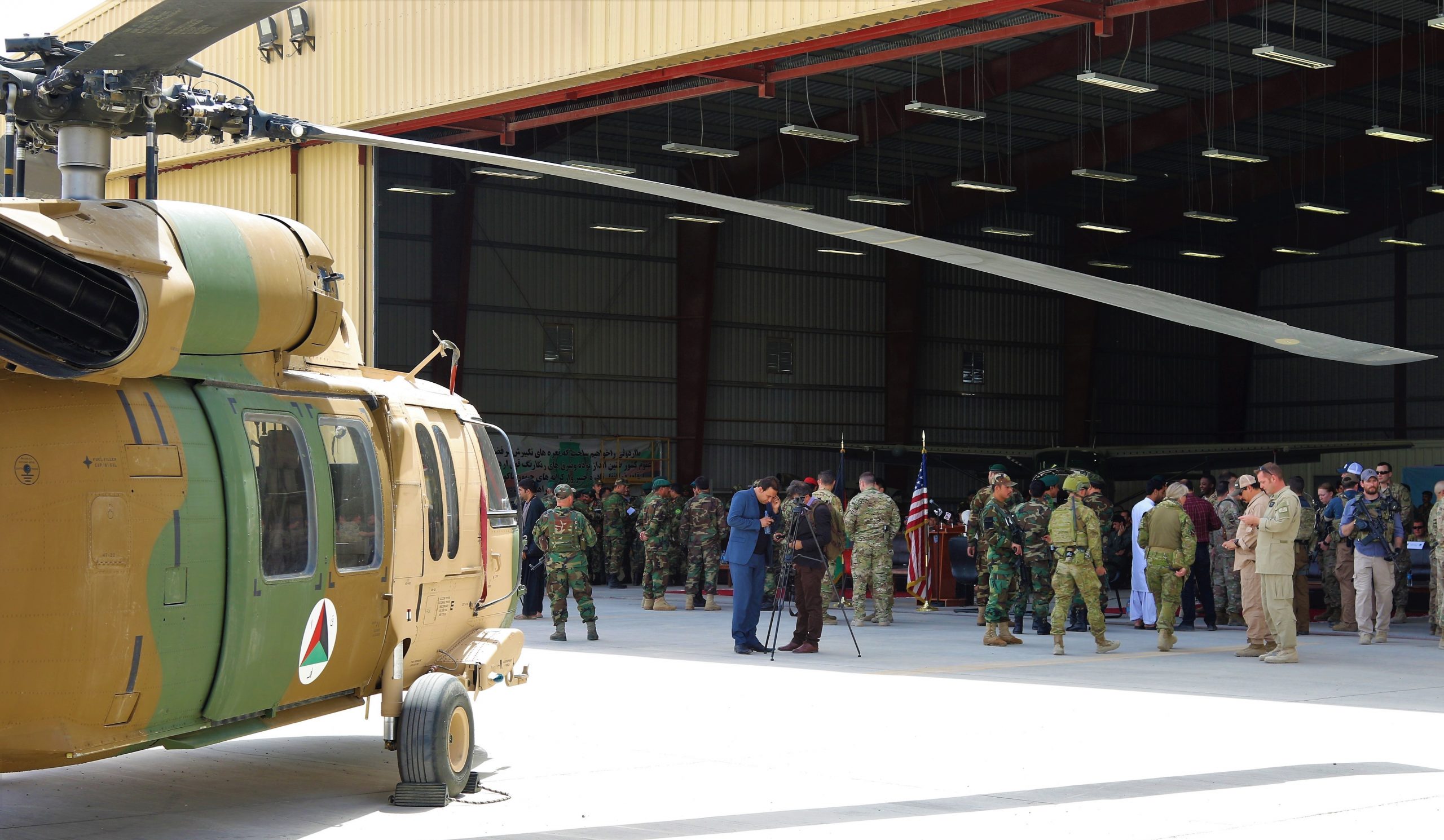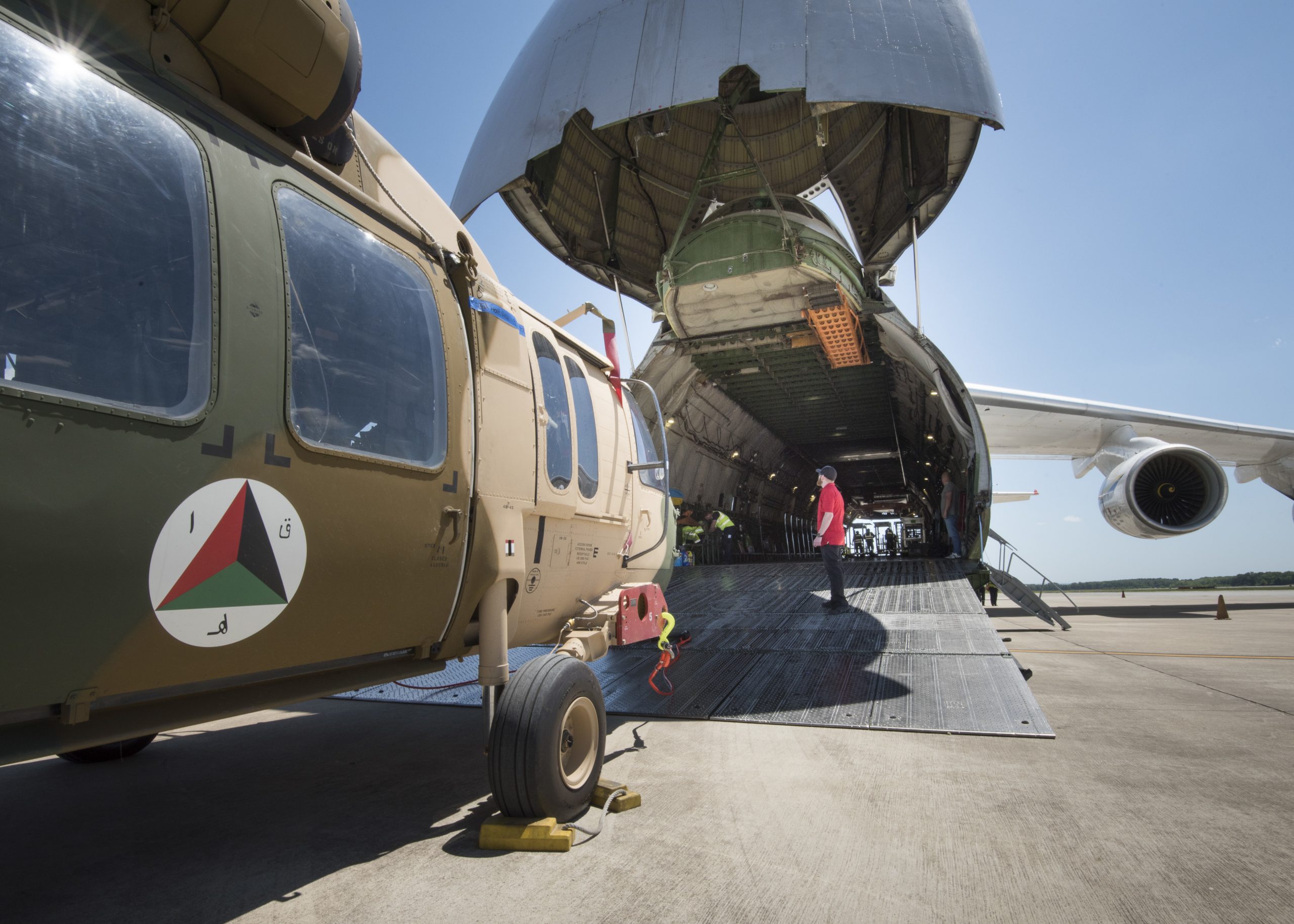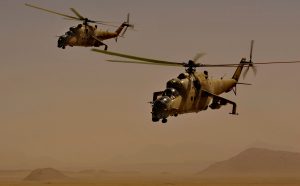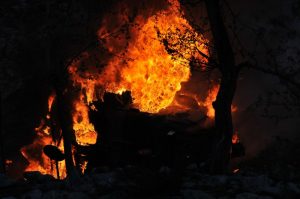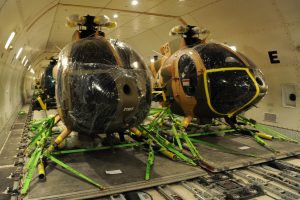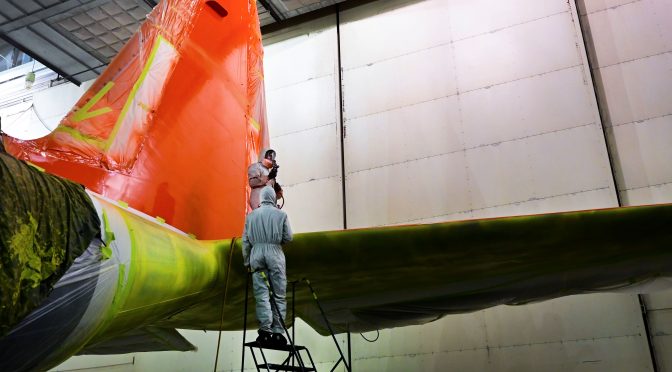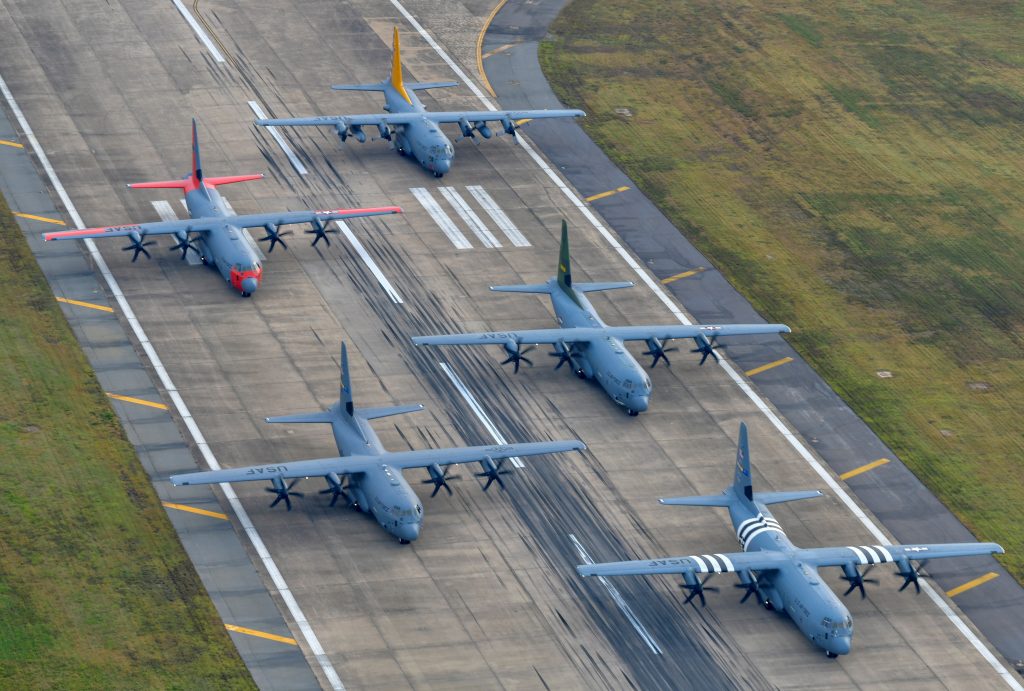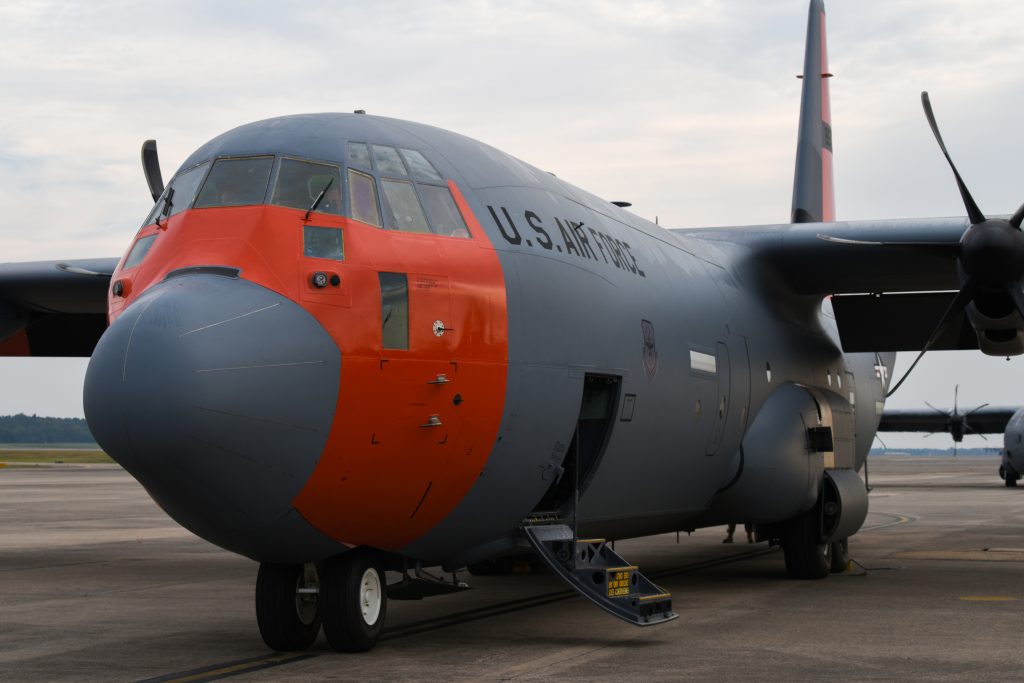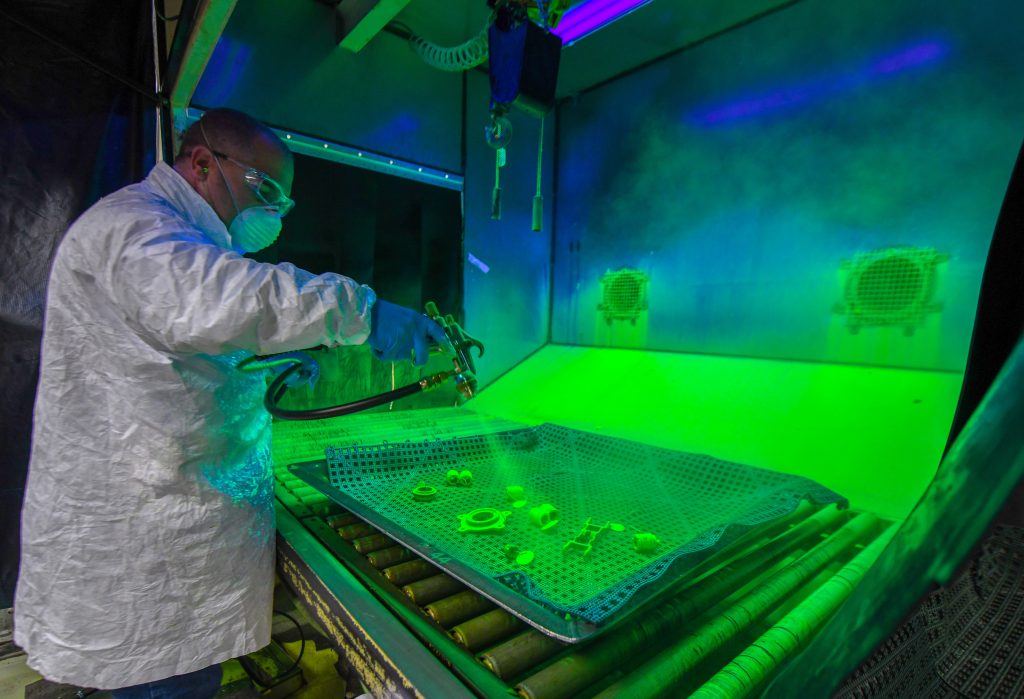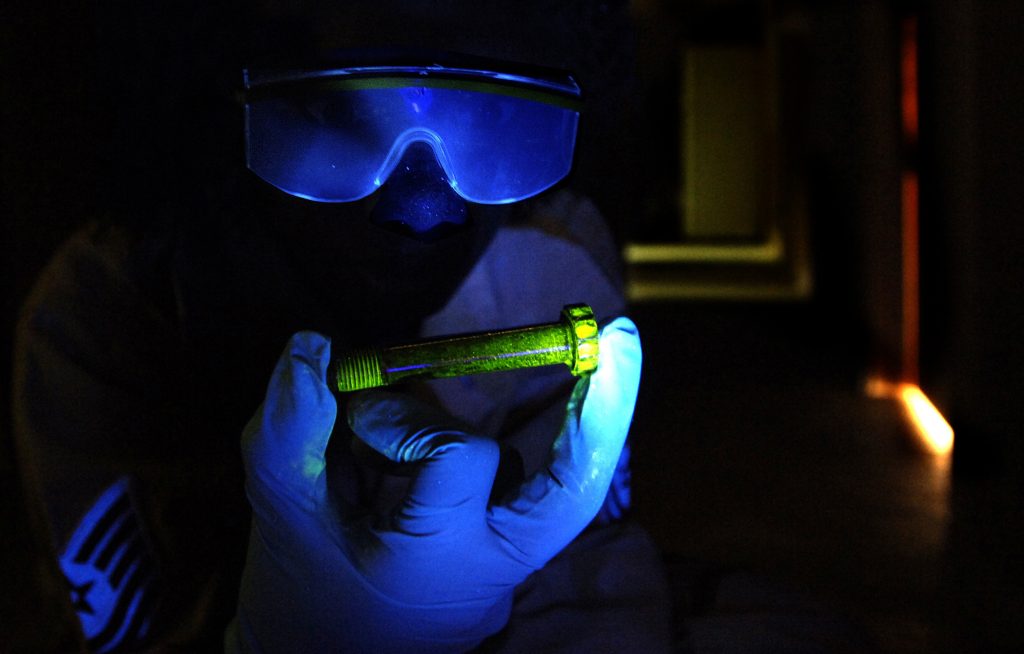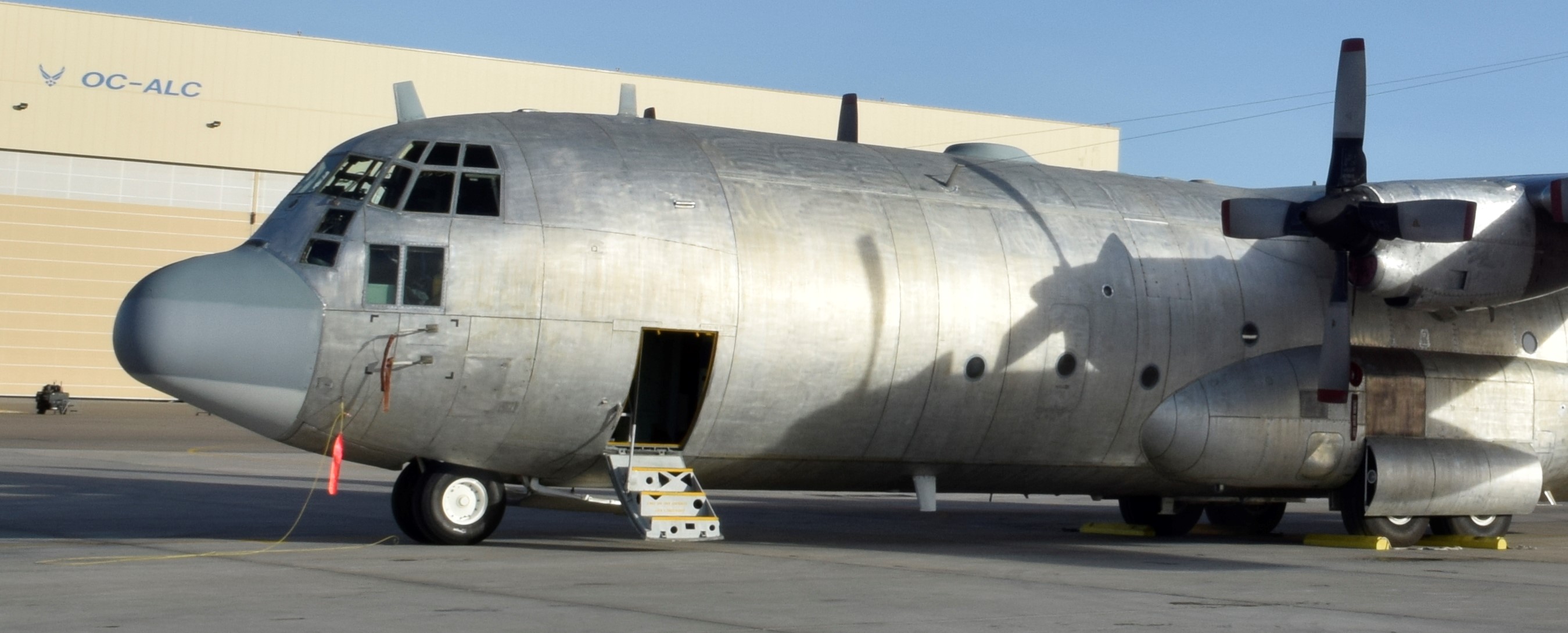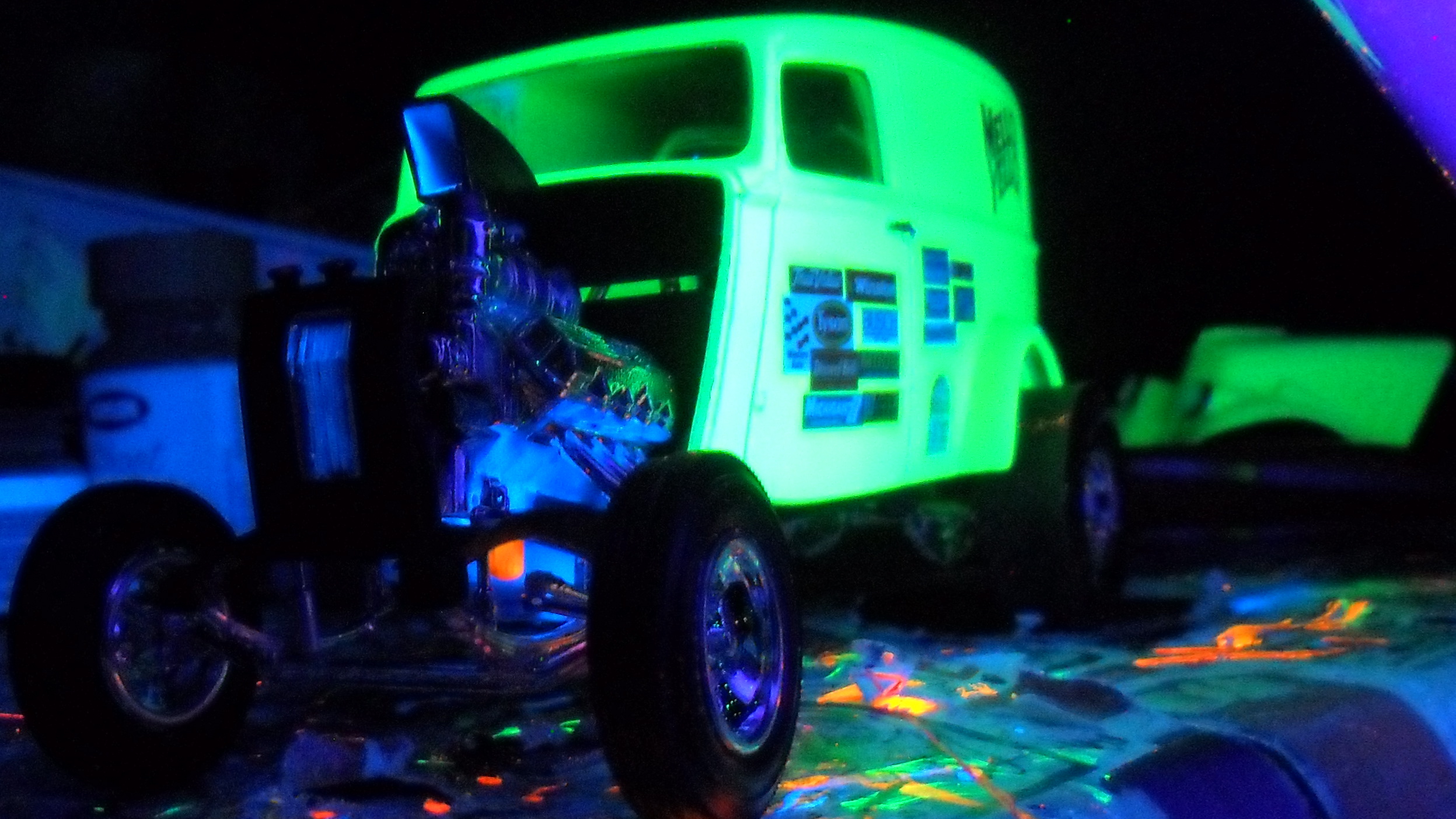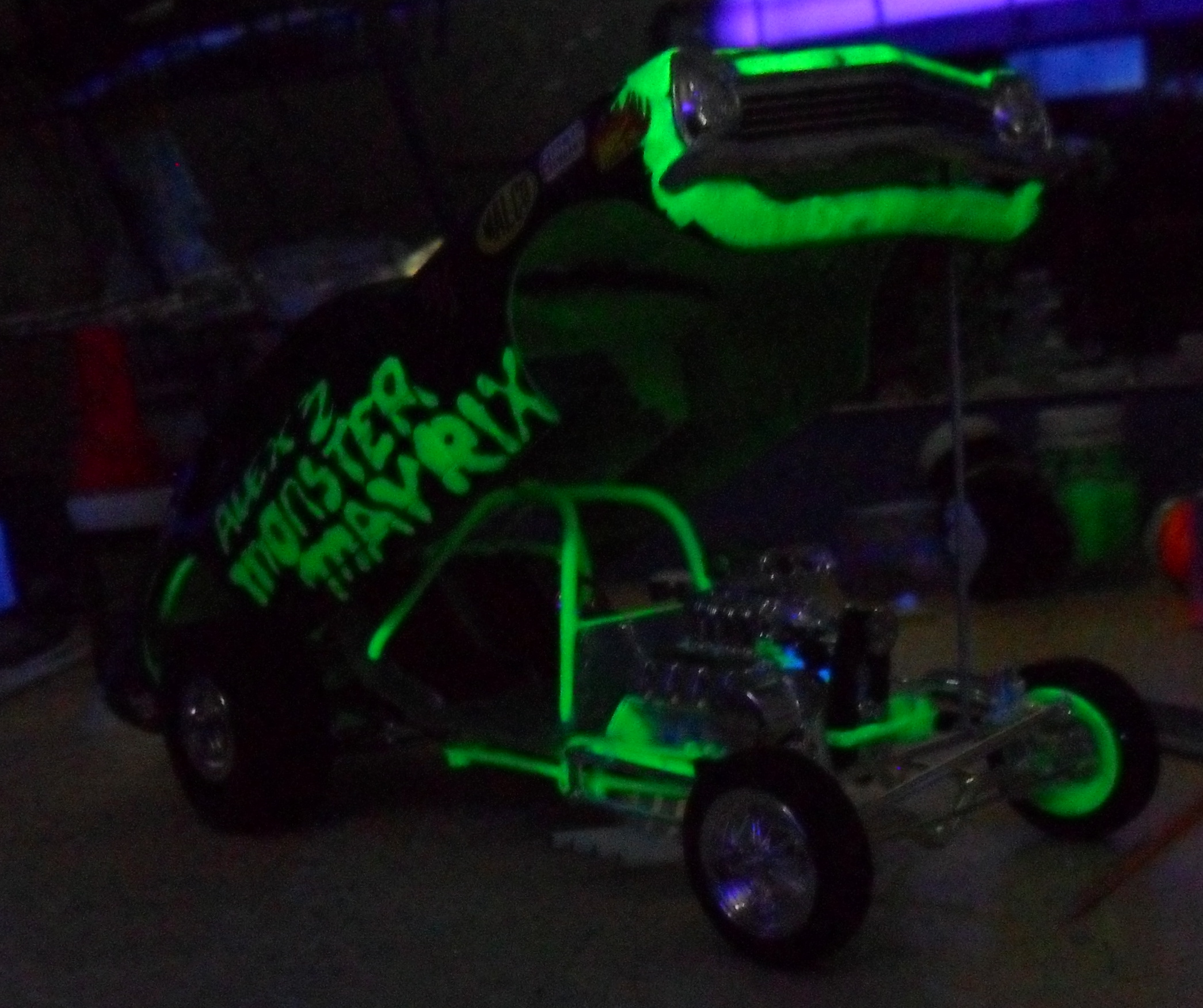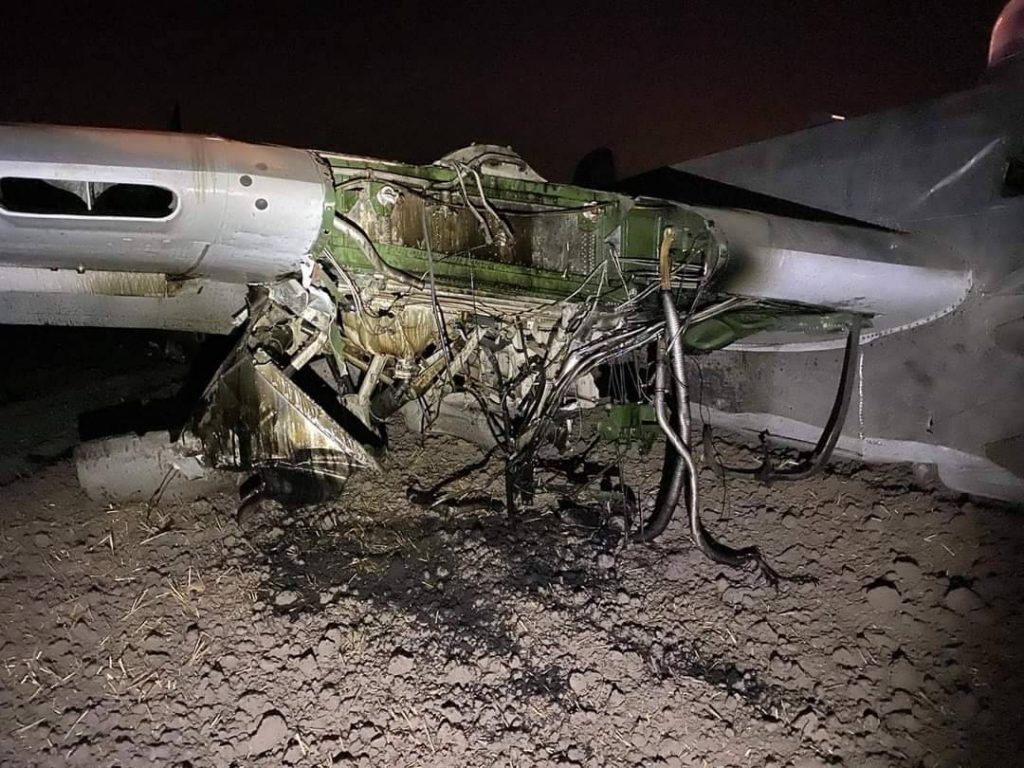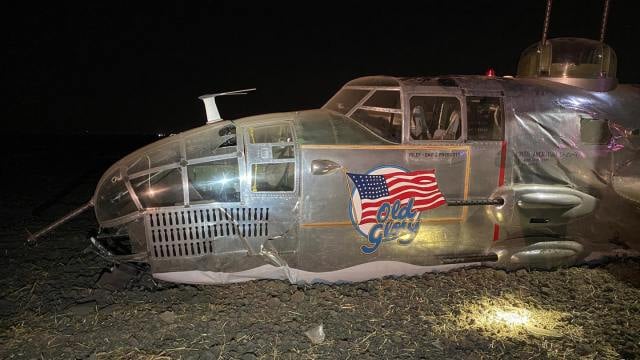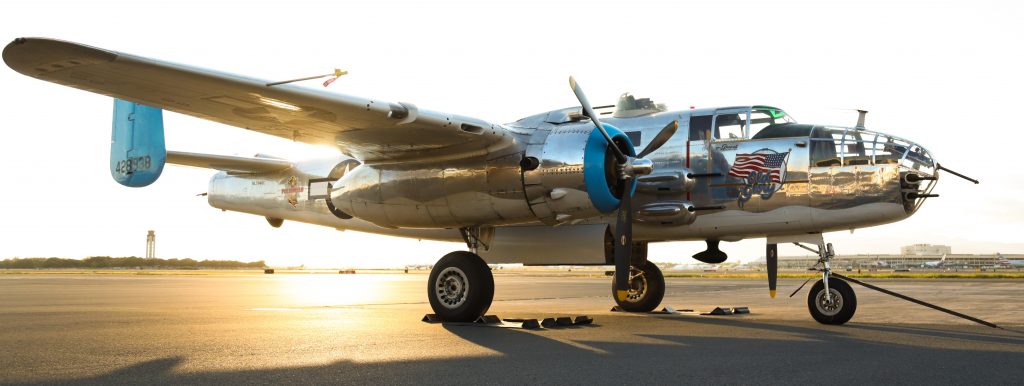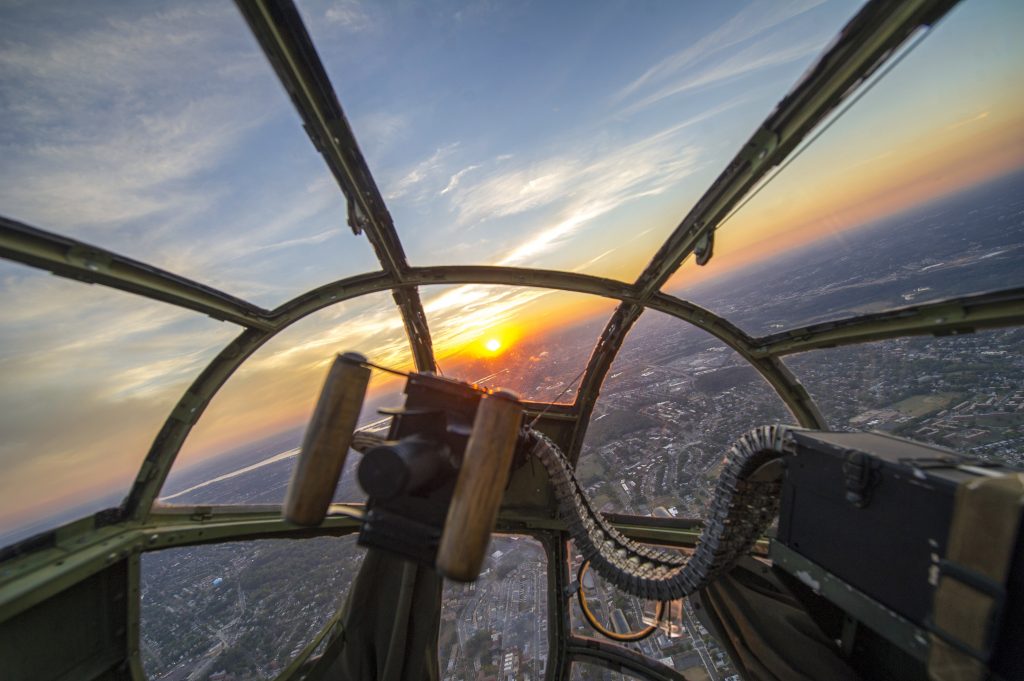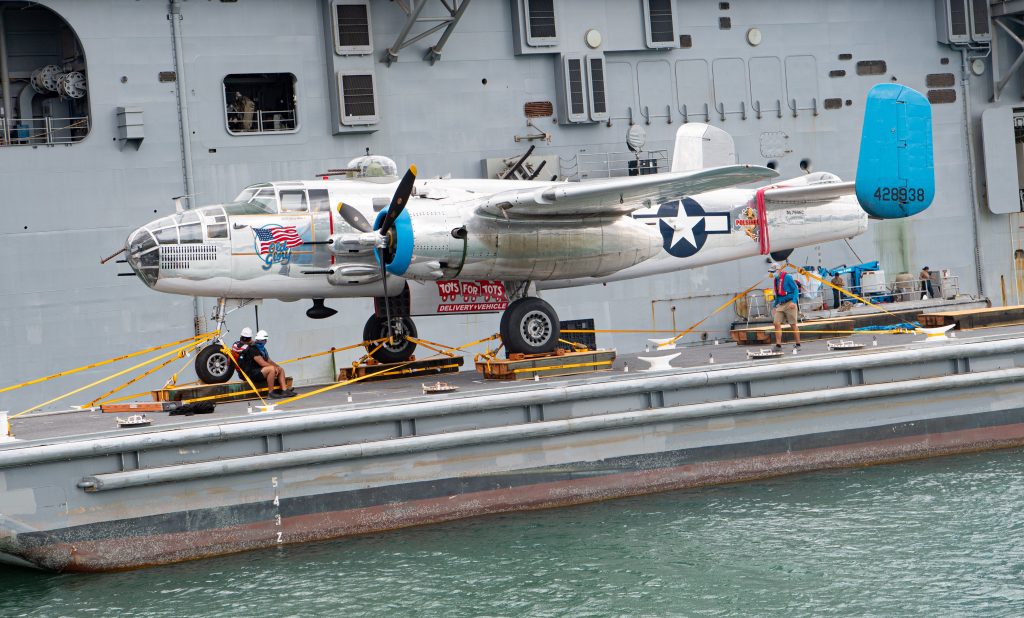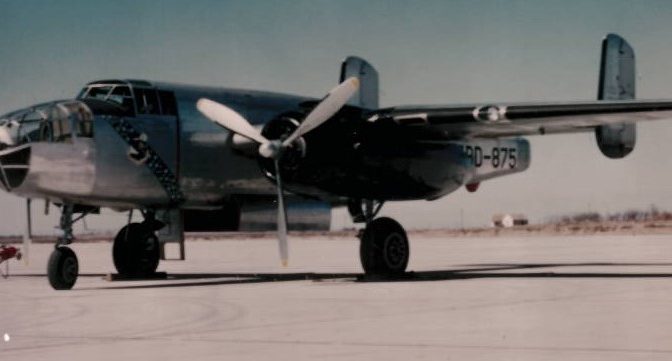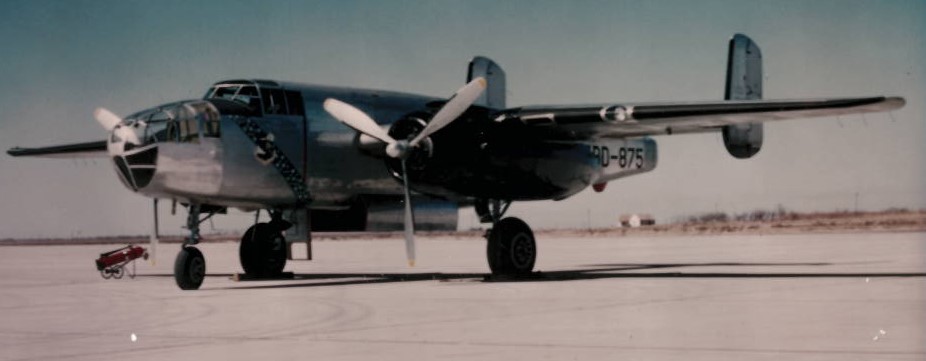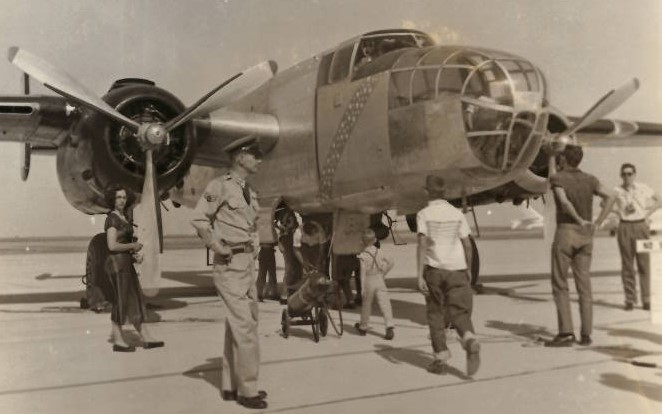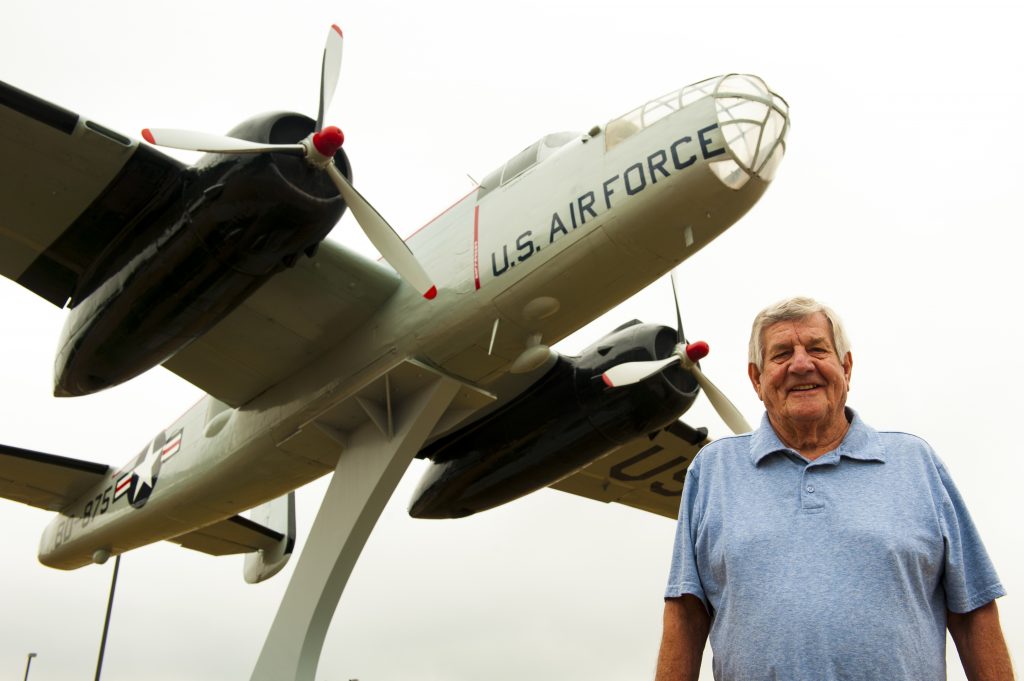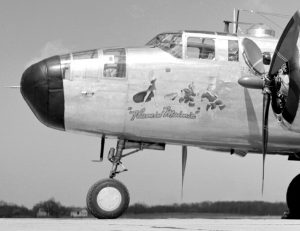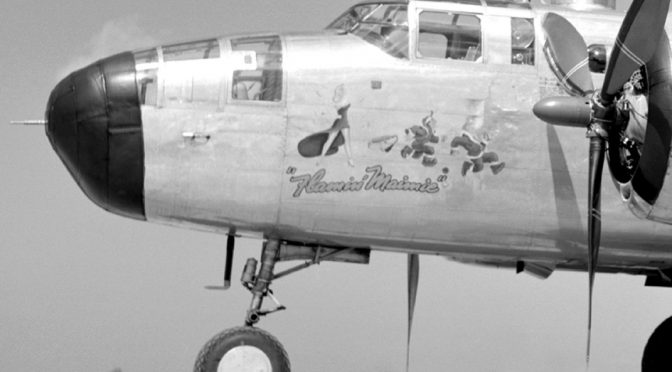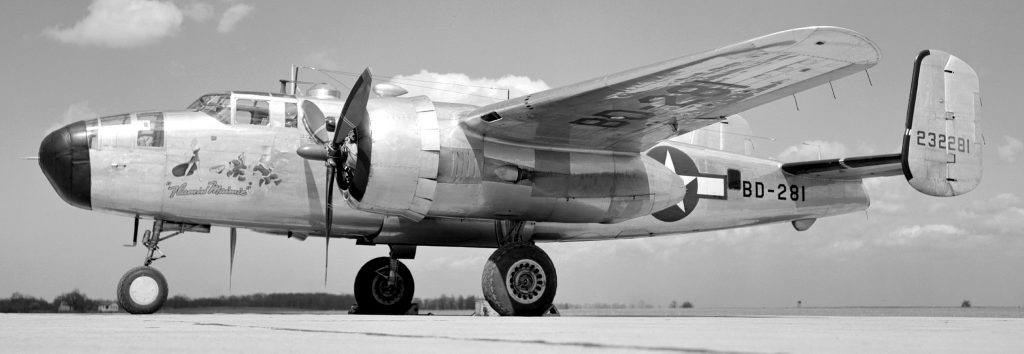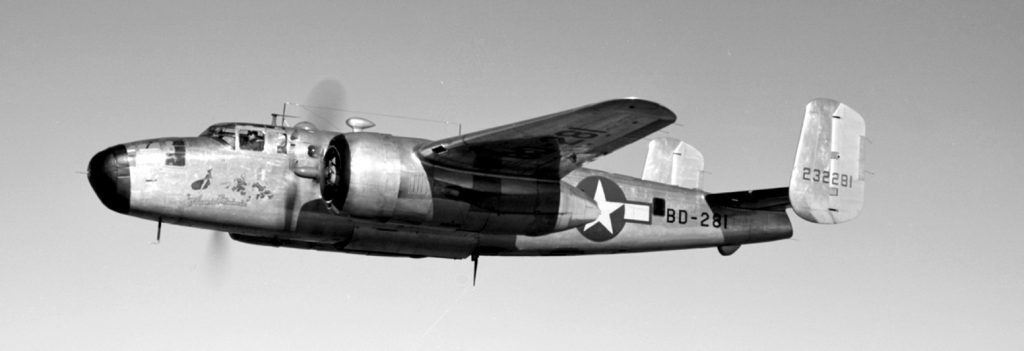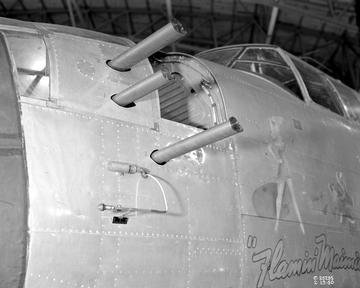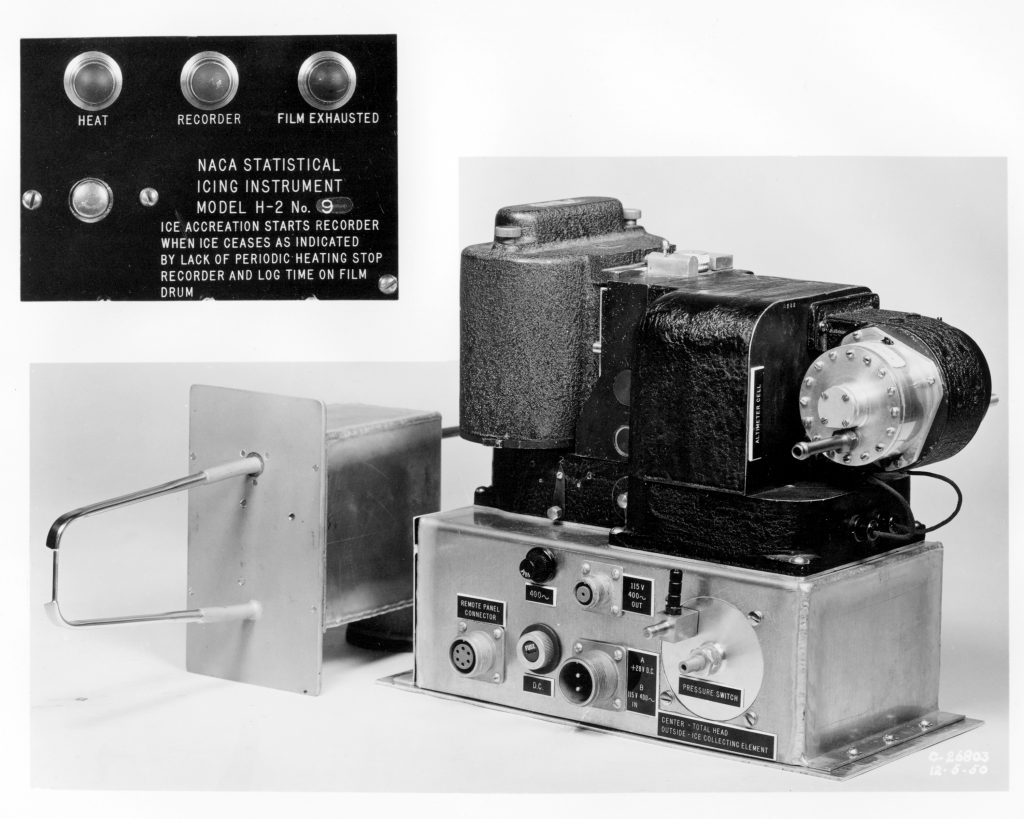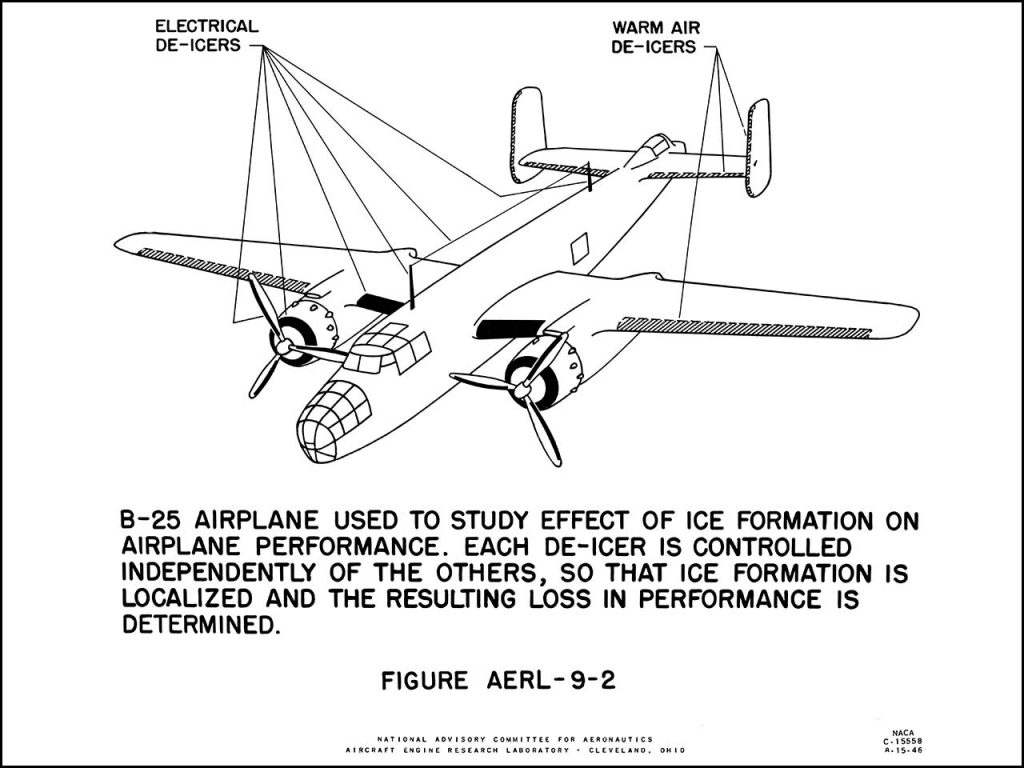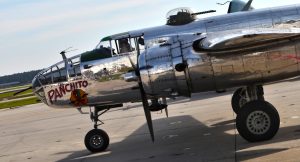
Photo by Master Sergeant Cohen Young.
In February 2012, a U.S. Air Force F-111E Aardvark found its way home to its old unit, the 20th Fighter Wing.

The 20th FW was born in South Carolina a couple of years after World War Two.

After many changes, the 20th FW was sent to the Commonwealth of Nations‘ (formerly British Empire)-United Kingdom member of England, from 1970 to January 1994, on the Royal Air Force’s Upper Heyford base.

In 1991, the 20th FW’s F-111s went to Turkey to take part in Operation Desert Storm, with this specific Aardvark logging 21 combat missions. When RAF Upper Heyford was shutdown the 20th FW finally returned to its birthplace of South Carolina.
 Note the swing wing hinge.
Note the swing wing hinge.
 Note the vortex generators inside the air intake. (Read NASA report Flight-Determined Characteristics of an Air Intake System on an F-111A Airplane. The F-111 suffered from Mach speed induced engine stall due to the interaction between the sonic shock wave and the air intake, thus many things were adapted to reduce this phenomena, including vortex generators shown in Figure 5 of the report.)
Note the vortex generators inside the air intake. (Read NASA report Flight-Determined Characteristics of an Air Intake System on an F-111A Airplane. The F-111 suffered from Mach speed induced engine stall due to the interaction between the sonic shock wave and the air intake, thus many things were adapted to reduce this phenomena, including vortex generators shown in Figure 5 of the report.)

Video report by Airman First Class Blake Hubbard, 03FEB2012:
The 20th FW historians say this particular F-111E spent its entire service life with the 20th FW in England from 1970 until the end of 1993. This specific F-111E was imprisoned at Davis-Monthan Air Force Base (AFB) from 1994 to January 2012. In 2009, discussions began with the National Museum of the U.S. Air Force to negotiate the release of the Aardvark from Davis-Monthan.

Photo by Airman First Class Hunter Brady.
After four or five months (depending on which official report you read) of restoration work, the F-111E was ready to take on its new job as Shaw AFB gate guard.

Video report by Airman First Class Blake Hubbard, 12SEP2012:

Shaw AFB: A FLYING M48A1 TANK?
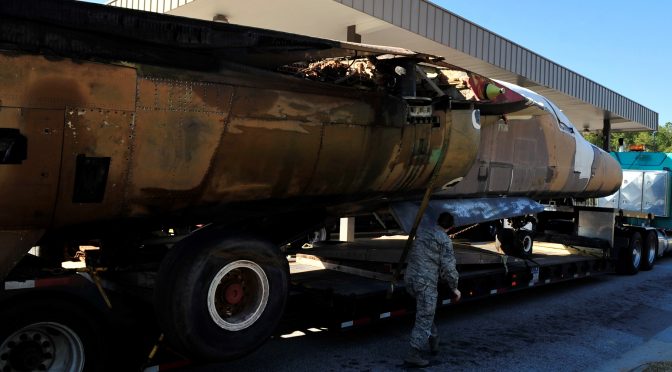
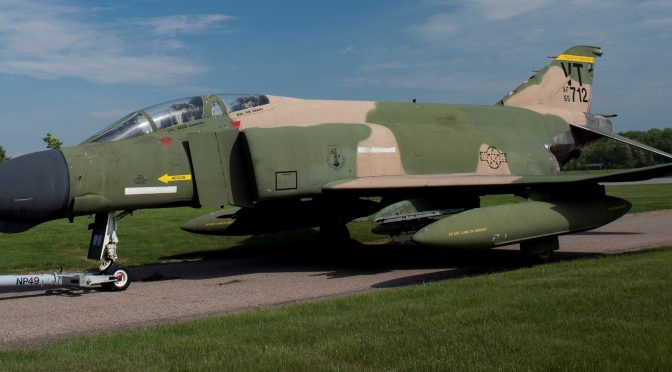






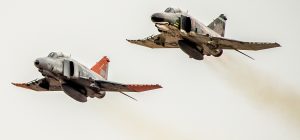

 Utah:
Utah: 